Best gravel bike accessories: Upgrade your ride for comfort, speed, enjoyment and more
Here's our pick of the best gravel bike accessories to improve your gravel biking experience
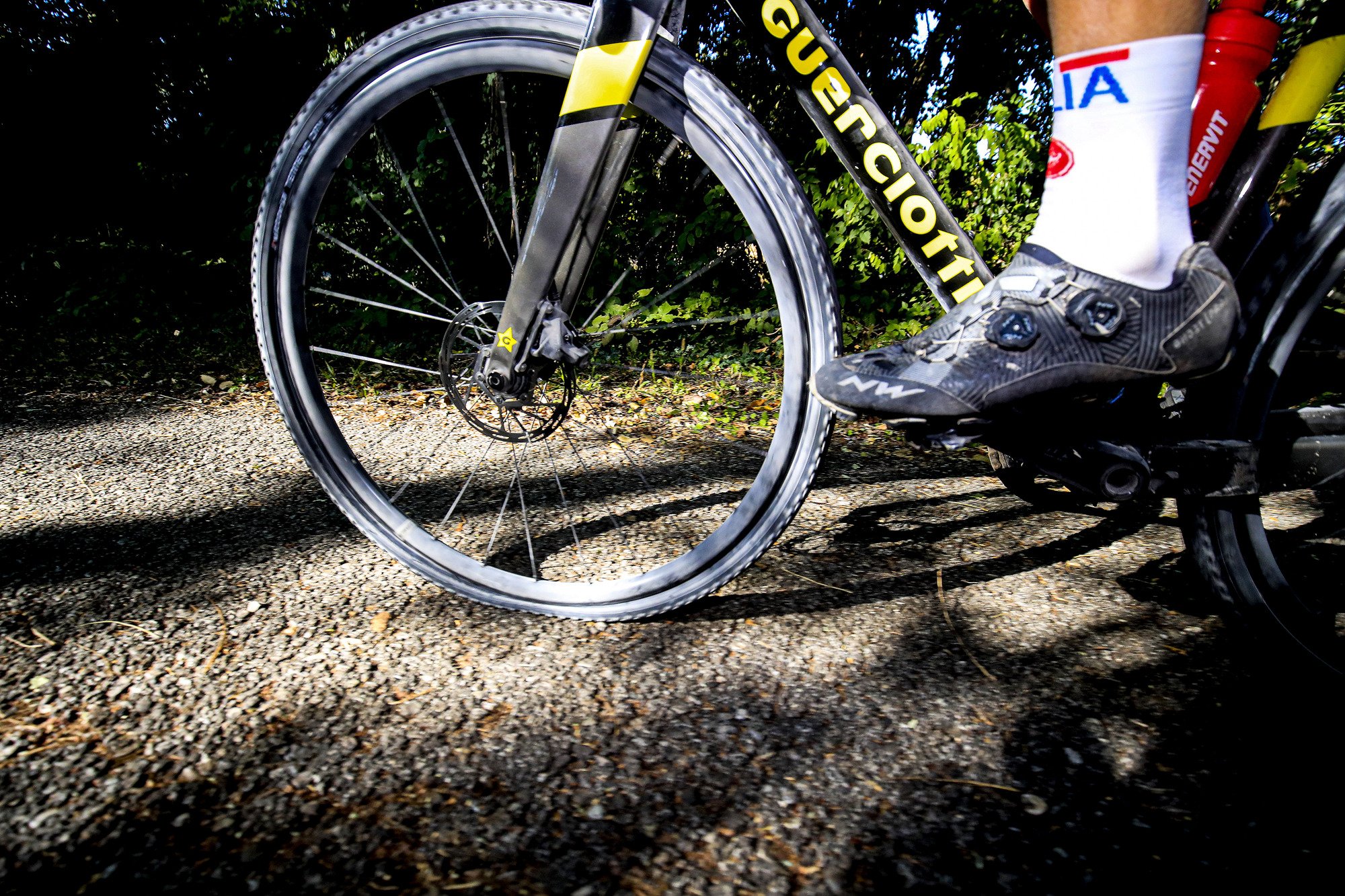
The best gravel bike accessories will help make that off-road trip that much more fun and help keep you running if something does go wrong.
Punctures are the main bugbear for gravel riders, so we've got a couple of options to help here. You could just call the sag wagon if you get a flat or a mechanical, but it's much more satisfying to sort things out yourself, so it's good to carry the necessary gravel essentials.
That means more to take with you, so you may soon run out of pocket space. Extra carrying capacity is a plus if you're gravel biking, even if you're not going for the full bikepacking gear experience. A good front light is worth having for early starts, late nights or that pesky mechanical that holds you up longer than it should have done.
So here are our top picks of the best gravel bike accessories to bring with you and the products that we rate as the best for each type.
Tubeless repair kit
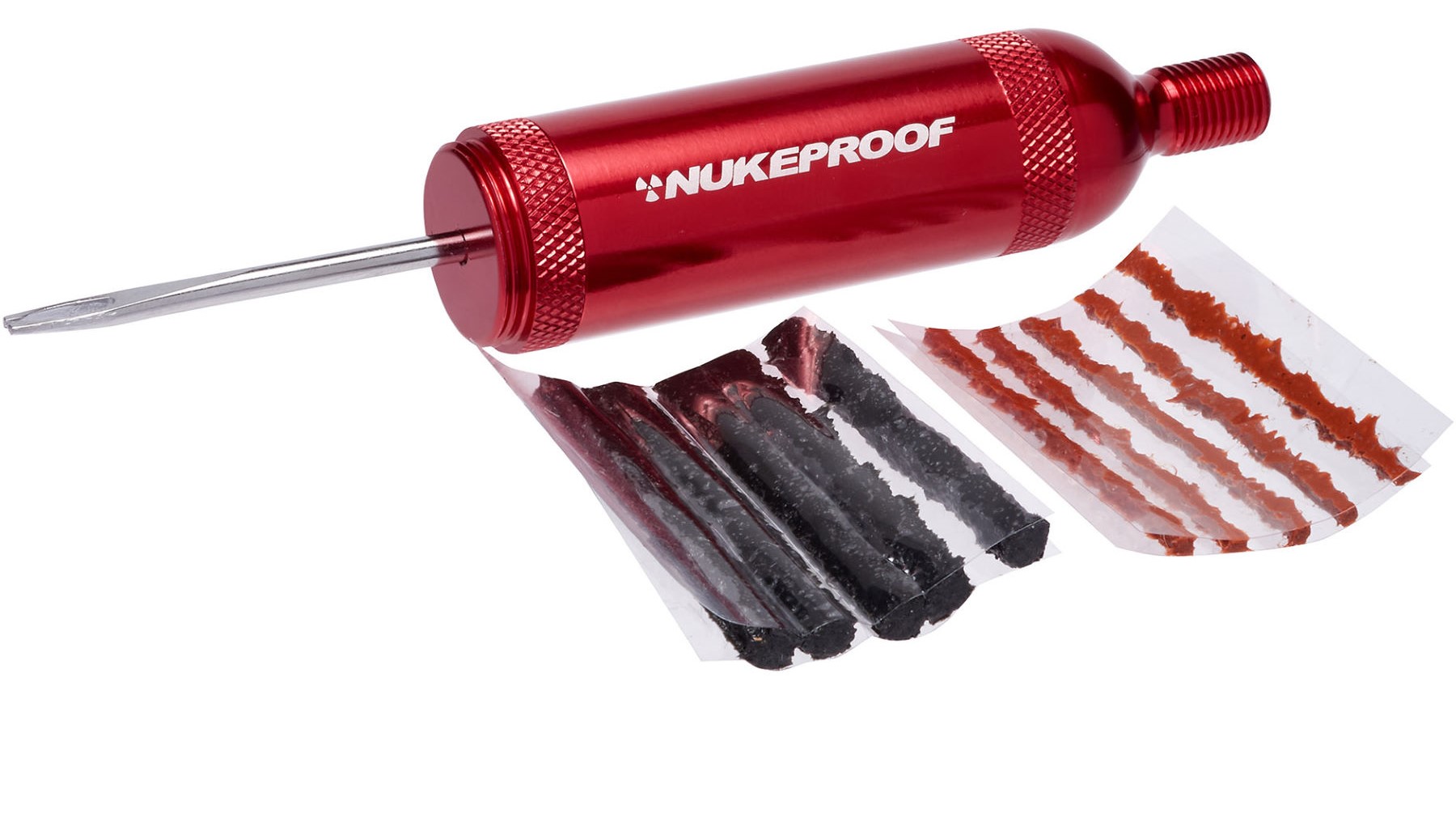
It's a fact of life that off-road travel will involve more punctures than riding on the road and even the best gravel tyres are more puncture-prone than a hefty MTB tyre. The best tubeless sealant is wonderful stuff and will seal most holes quickly, but sooner or later you'll hit something that it just won't handle.
That's where a tubeless repair kit comes in. Insert a plug into the hole and there's a good chance that the sealant will work its magic, gum everything up and you'll be ready to roll again without needing to pull your tyre off, insert an inner tube and deal with the rest of the sealant still in there.
Tubeless repair kits are really compact and light, so they're easy to carry and often come neatly packaged. We really like the Nukeproof Horizon kit. It masquerades as a CO2 cartridge, so you can screw it into an inflator, and hides an array of plugs in different sizes and the inserter tool inside. And it comes in a range of bright anodized colours too.
Get The Leadout Newsletter
The latest race content, interviews, features, reviews and expert buying guides, direct to your inbox!
Tyre inserts
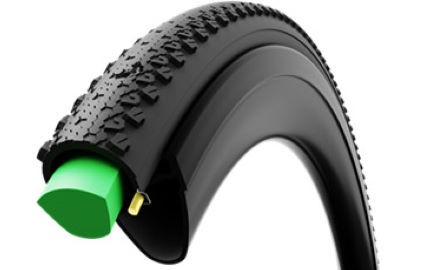
Punctures are definitely the least enjoyable part of gravel riding, so here's another get-out-of-jail option to help keep you moving. A tyre insert will add protection against big hits for your tubeless gravel tyre and it lets you lower your air pressure for added grip without the risk of squirming or burping. If you do get a flat you can probably ride it home too.
There are a few insert options available for gravel tyres, but we reckon that the Vittoria Air-liner Gravel is still the best, It was originally developed for MTB tyres, but there are versions available now for road and gravel tyres. They're easy to fit, working just like an inner tube, plus they're reusable, so you should get plenty of life out of a pair.
Compact inner tube
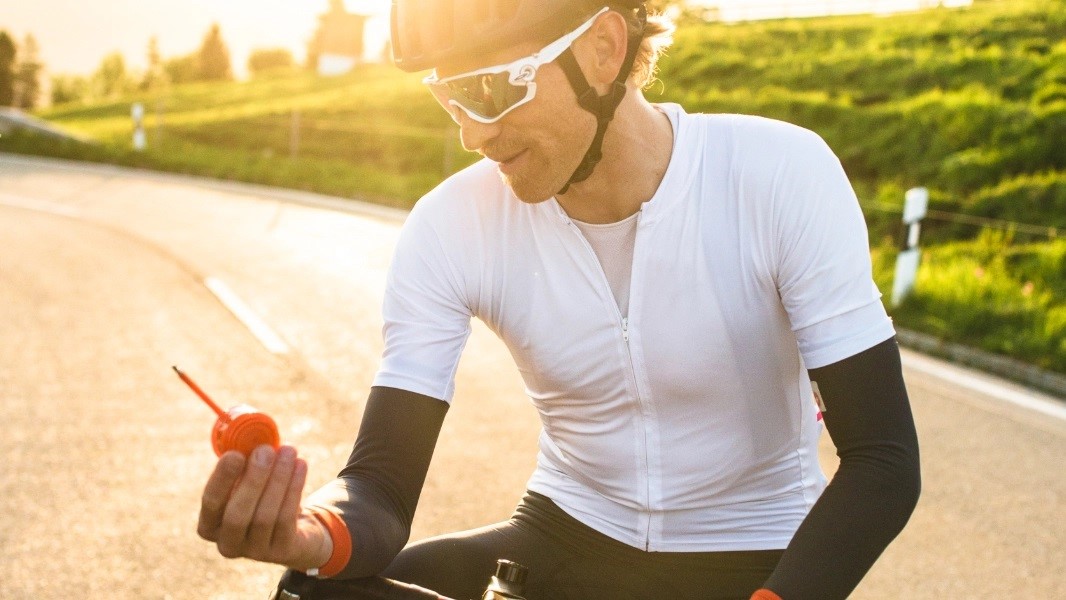
Despite all of the above, sooner or later you're likely to get the mother of all punctures that refuses to seal. In that case, putting a tube in may be the only option, so carrying one with you is a good idea.
A conventional butyl inner tube for a gravel bike is quite bulky, but you can save a load of weight and space with one of the newer TPU inner tubes. They're stronger too, so you're more likely to have a trouble-free ride home.
There are now options from some of the big-name tyre brands, but we like the original Tubolito tubes. A gravel-size tube weighs as little 36g and packs up really small. The tube isn't affected by residual sealant and the thicker option is claimed to be twice as tough as a standard tube. They're expensive, but you may only use one occasionally and you can take it out again and repack it once you get home and can repair or replace your tyre.
Mudguards/fenders
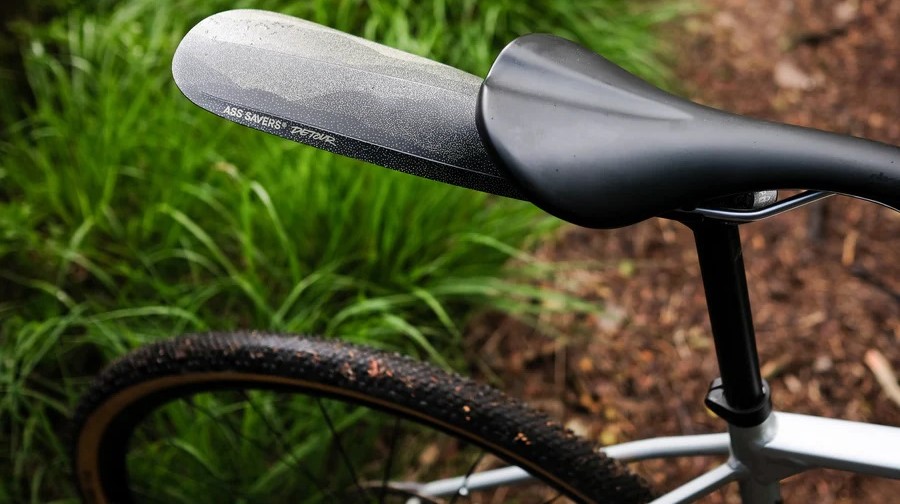
A fender, particularly at the rear, will make gravel biking much more fun if it's wet or muddy. Most off-road surfaces will quickly get mucky when it starts to rain, and you can expect a fair proportion of that to end up on your back. That's not to mention what might end up there if you're riding over a farm track.
Even the best road bike mudguards have the problem that their close clearance over your tyres can get clogged up with mud, so an Ass Saver type mudguard is usually a better bet than full-length guards. It may not give you as much protection as a full-length fender, but in our experience, it does help keep the worst of the muck off your rear end and back.
We like the original Ass Savers design. It's cheap as chips, comes in a whole range of colours and is available in extra wide as well as standard widths to handle more aggressive wheel-spray. There's a front option too that fits on your down tube. Make sure you've got your Ass Saver fixed firmly, so you don't lose it at the first cattle grid.
Bar bag
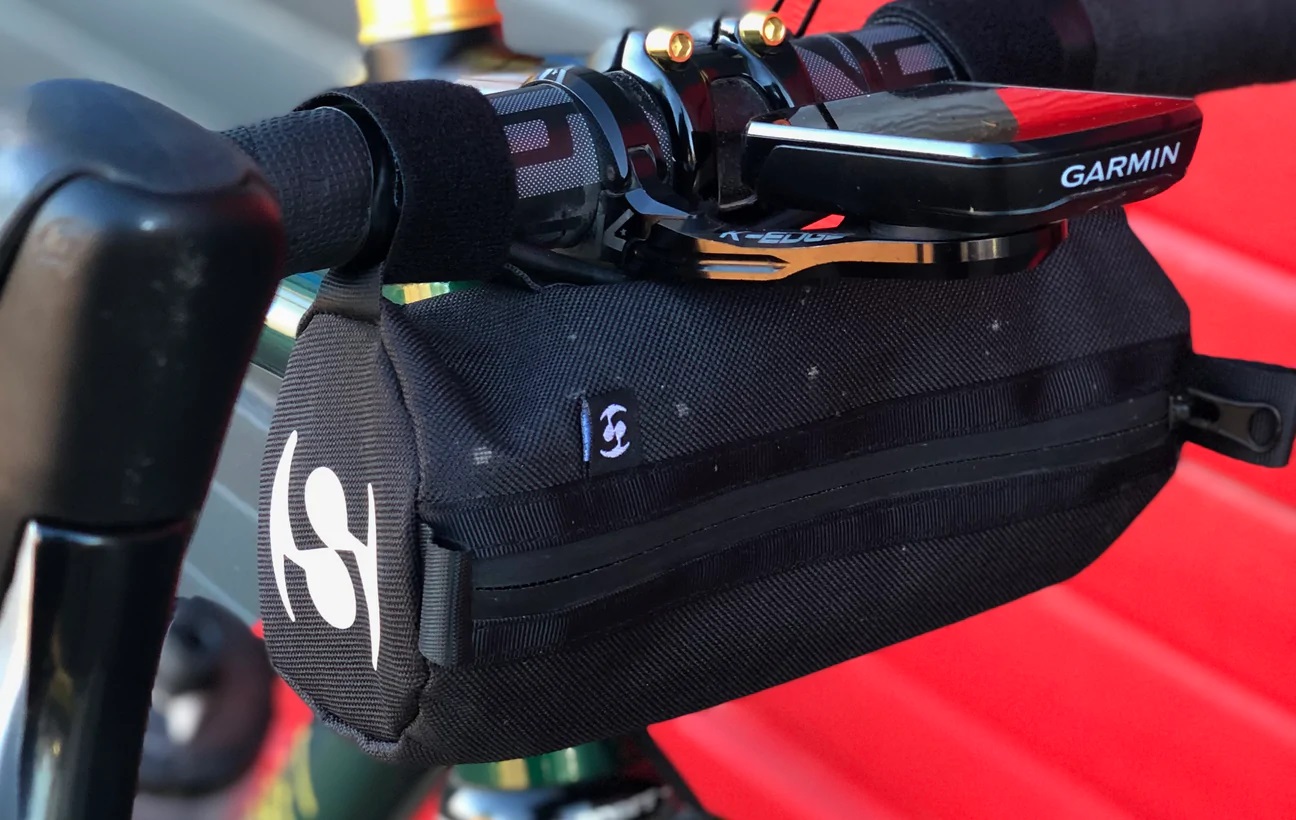
Most of the time you can carry most of your gravel biking kit in your pockets. But if you need to carry more stuff or just want to avoid pocket-bob as you ride, you need some on-bike carrying capacity.
The best bikepacking bags are ideal, but a saddle pack has the problem of rear wheel spray (see above) making accessing anything messy. It's likely to get in the way of a fender. So a bar bag is a good option that keeps everything handy and muck-free. It doesn't need to be massive to help you carry your tools, spares and food comfortably and free up your jersey pockets.
We like the Speedsleev Diego. It's super-rugged, fixes onto your bars with a couple of velcro straps and has a waterproof zip. It's available in a small size with 1.2 litres capacity or a large which will carry 2.5 litres, fits neatly across the bar tops without taking up too much bar real estate and will play nicely with your cycling computer.
Bike computer
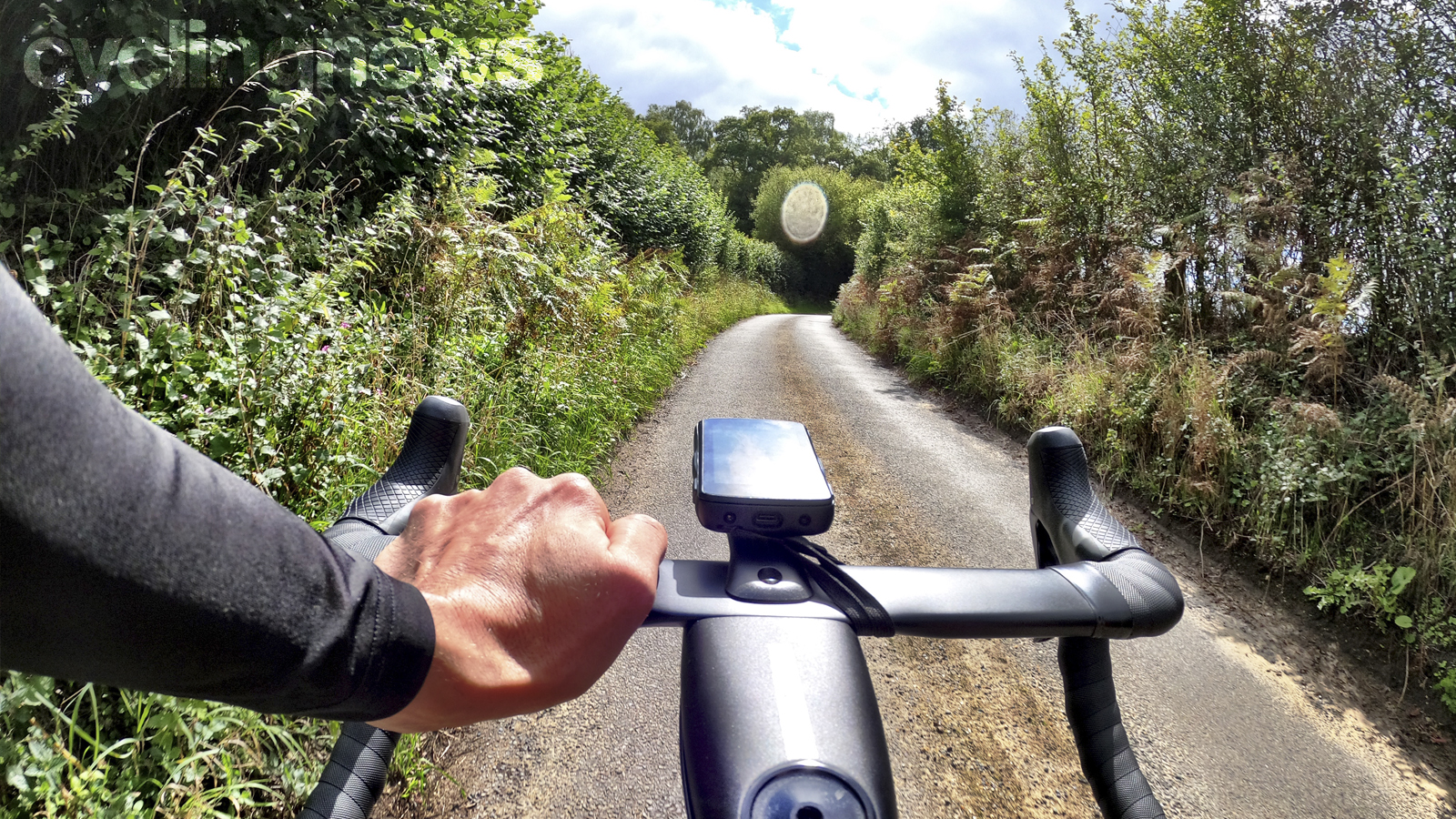
The best cycling computers help you navigate off-road as well as on and you can expect to have base maps that show a lot of trails - not just roads - so you can plot out a gravel route to follow. That's not to mention all those juicy stats as you ride that you can pore over once you get home.
That makes a computer a pretty essential piece of kit if you're off on a gravel ride. The ability to look at a map or just hit the 'Back To Start' function is a godsend if you do get lost.
There are some great products out there like the Garmin Edge Explore 2 that are designed for the adventurer, but we really like the Hammerhead Karoo 2. Its smartphone-like interface is super-responsive and easy to use, and its base maps, although they look quite plain, include loads of feature info and off-road tracks. The matte screen is easy to read and the Karoo 2's robust mounting system means that it's unlikely to go flying off into the bushes. The only fly in the ointment is its comparatively short sub-10-hour battery life.
Front light
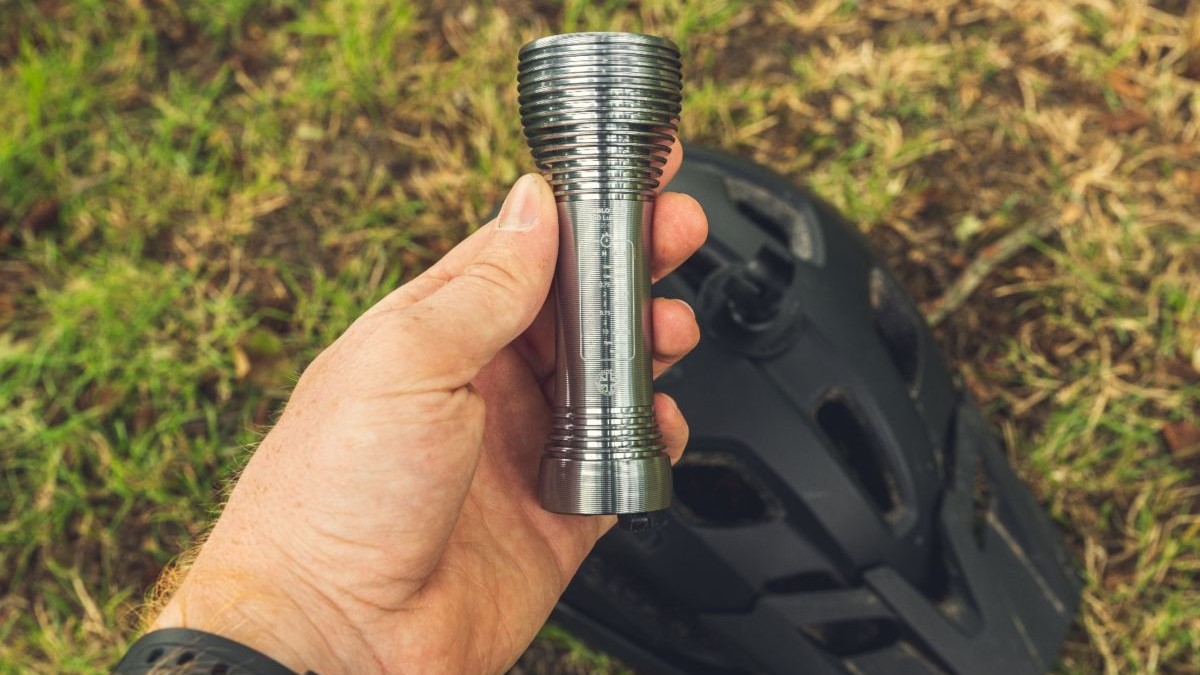
If you like to go long on your gravel rides, sooner or later you're going to be riding after dark and will need a front light to pick your way. Night riding is great fun in any case and gives a new perspective and a dose of extra adventure to familiar trails.
The best bike lights give you amazing output and excellent run times, so you can ride confidently whatever the trail throws at you. Just remember to step it down when you hit the tarmac to avoid dazzling other road users.
We really like Exposure's range of lights. They're beautifully built and, although pricey, will last for years. There's a range of formats and output, but we rate the Exposure Diablo. It can throw out up to 1800 lumens for an hour, but its output is programmable, so you can tone that down and increase runtime up to a max of 18 hours. It's compact and light enough to use with a helmet mount as well as on the bars and you can change modes just by tapping it.
Portable torque wrench
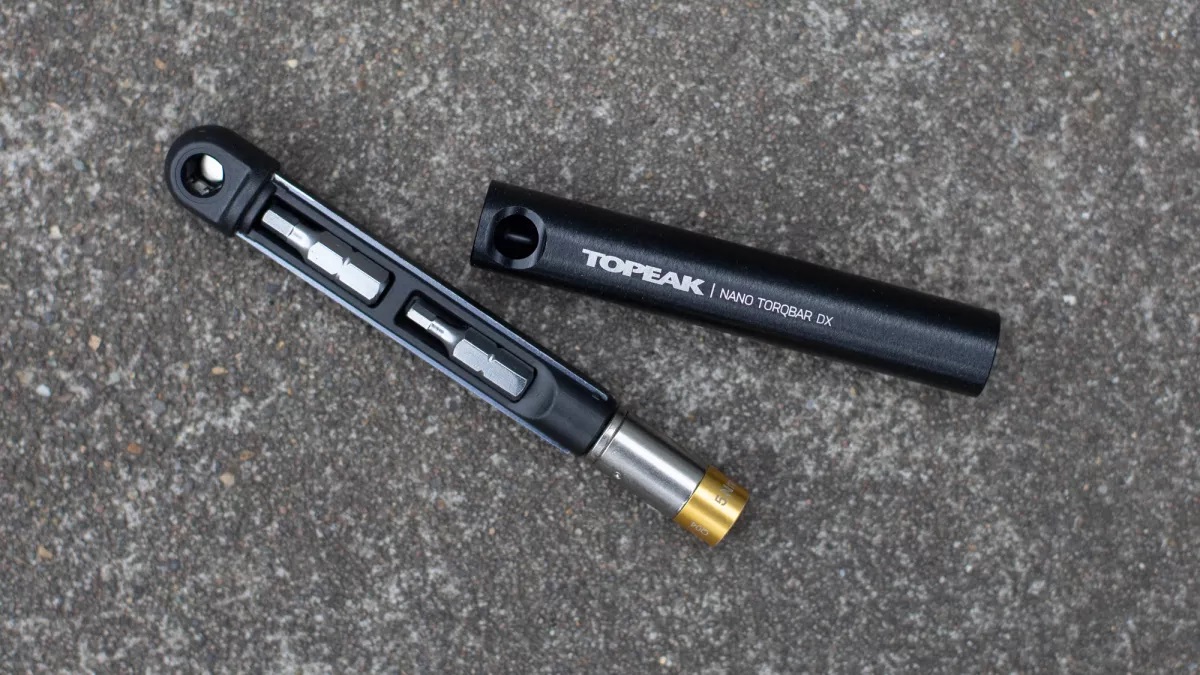
Sooner or later, something's going to come loose on your gravel bike. The best bike multitools will let you sort most bits and bolts, but bike components are sensitive and made of delicate materials. Yes, you can twist it and hope, but a torque wrench is a better option than finding you've stripped the threads in your chainset spider or cracked your stem.
Fortunately, there are some really good torque wrench options that are still portable, so you don't need to carry your workshop tool around with you. We rate the Topeak Nano TorqBar. It's available with a range of preset torque limiters to cover the majority of bike bolts and includes five Torx and hex heads. The DX version
includes 4, 5 and 6Nm limiters, but you can buy the tool with just one of these too.
The design gives you plenty of leverage and, best of all, allows you to carry the torque limiter and a couple of heads in the tool body. It's neat, compact and lightweight.
Packable gilet
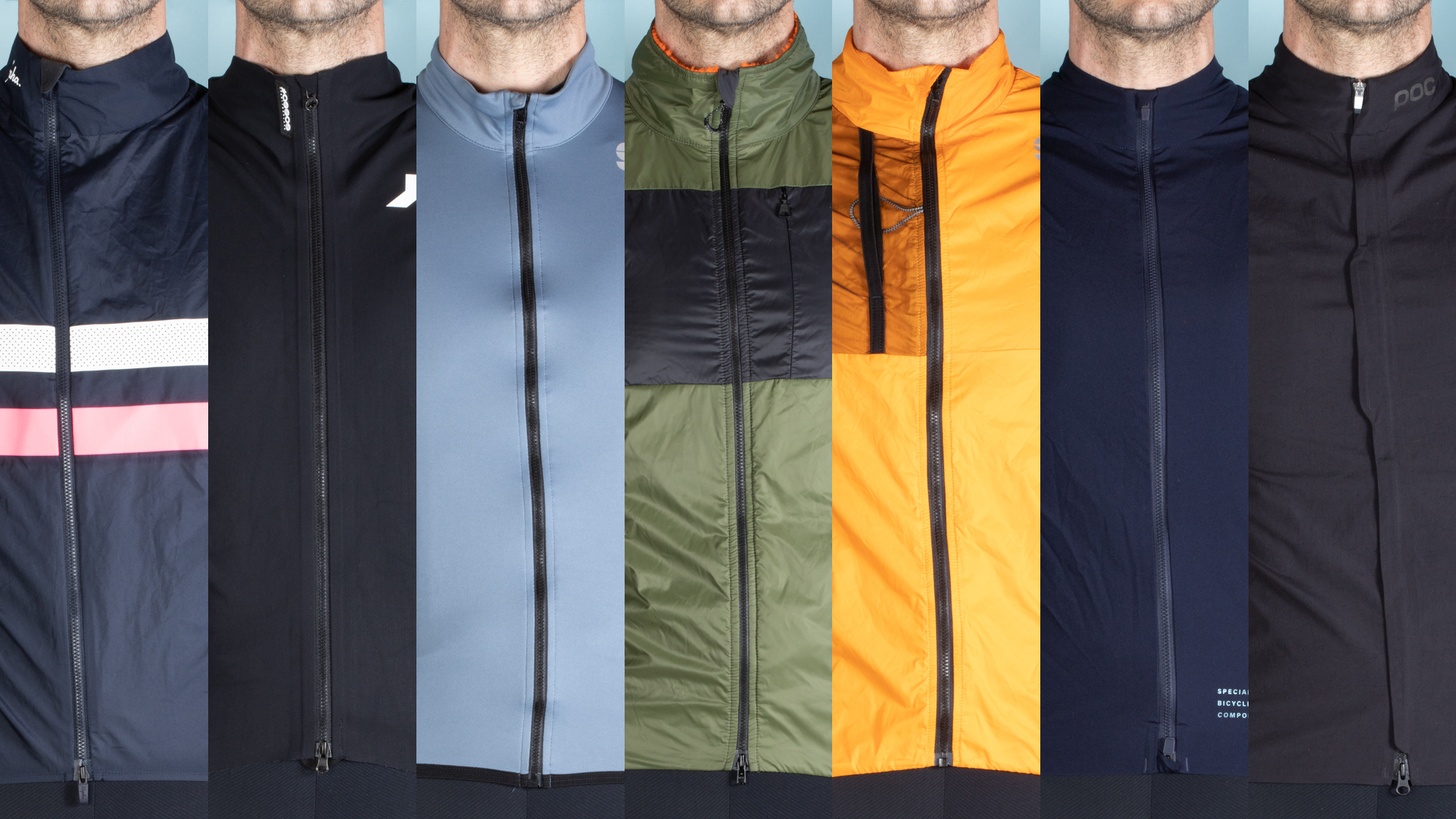
A packable gilet will weigh next to nothing, pack up tiny so that you can fit it in half a jersey pocket if you're not using a bar bag, but will provide extra protection if the weather turns on you during your ride. A gilet is a versatile piece of clothing and will fend off cold winds, as well as adding some protection if it starts to rain on your ride. It's also going to help to protect your rear end and back from wheel-spray if you've not remembered to fit your fender.
We rate the Sportful Supergiara Layer Vest. It's part of Sportful's gravel range and provides a really good extra layer for cold descents and stops on your ride, as well as DWR protection from the rain. It packs down really small into its own breast pocket and will take up less than a jersey pocket when not worn. Pair it up with a pair of the best arm warmers for versatile top-half protection.
Capped water bottle
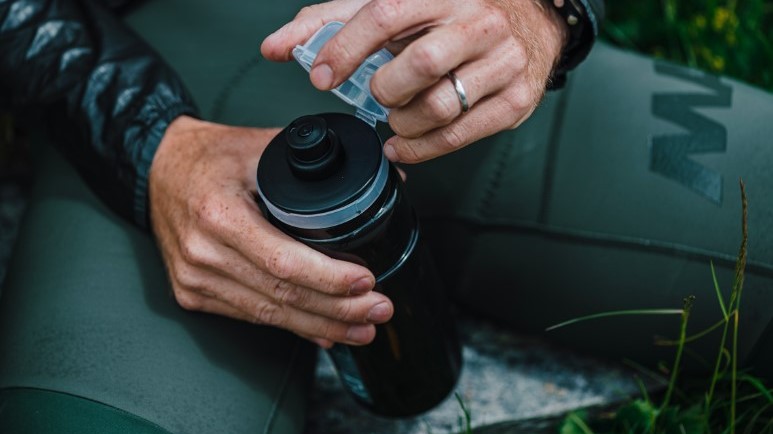
There's a definite theme here, and that theme is mud. It's bad enough having it sprayed all over you without having to drink the stuff. So a water bottle with a secondary cap is a definite benefit. It might be a bit more fiddly to use, but keeping the dirt out of your drink is definitely worth it.
Many of the best cycling water bottles include options with caps as well as without, so it's worth tracking one down for your gravel riding. It's likely to be useful for wet winter road rides as well.
We like the Elite Fly MTB. As with the non-capped Elite Fly, it's 30 per cent lighter than a conventional bottle. It's also easy to squeeze with high flow rates, BPA free and is dishwasher safe. Plus you get the extra cap to keep your nozzle dirt-free.
Best gravel bike accessories: what to look for
How do I decide what accessories to bring with me?
As usual, when deciding what to take with you on a ride, there's a decision to be made. Do you travel with the minimum to get by, hope the weather holds and that you can deal with the most likely problems you could encounter? Or do you go belt and braces and carry a lot more, so you're ready for more serious problems when out?
To a large extent that depends on where you're going, for how long and the worst-case problems. For a quick ride near home, you might be prepared to just ride a flat or walk the bike home if there's a mechanical.
But if you're heading out on a long run into the wilderness or mountains, you need to be better prepared. The weather can turn quickly, a mechanical could strand you miles from help and an accident could be life-threatening. You could be benighted too.
Some gravel races stipulate that you carry a first aid kit, a survival blanket and other safety gear. It's even more important if you're travelling solo or in a small group. Tell someone where you're going and when you're due back and check in when you return too.
What should I take to sort a flat?
As with any bike ride, punctures are the most frequent problems you're likely to encounter on a gravel ride, so being able to get your tyre inflated again is important. Although tyre sealant will fix many holes, it won't deal with everything. It has a tendency to leak air until the plug sets, so you might find that you can only get your tyres to hold around 20psi without blowing out the seal.
That means that you'll either need to ride on a very squishy tyre with the risk of burping and grounding your rims or you're going to need to put in a spare tube. A tubeless repair kit may help, but a tyre insert will make it easier and safer to ride a tyre that's only holding low pressure.
If you do need to put in a tube, a lightweight option like Tubolito's inner tubes will be easier to carry and more puncture resistant too. Take a tyre boot with you as well in case you get a sidewall slash.
And don't forget to take the pump - or CO2 canisters - to get the thing inflated again.
Will it all fit in my pockets?
Although we've suggested a bar bag, the good news is that clothing brands have noted the need to carry a lot of extras for gravel riding and the best gravel bike clothing almost always majors on pocket space.
That means that you'll usually get loads more places to store things than in regular roadie kit. Jerseys might have five-plus pockets, while bib shorts often have pockets in the rear and more on the thighs. Even base layers have sprouted carrying options.
So there are loads of opportunities to load yourself up, although too much kit in pockets can feel a bit cumbersome when riding, particularly if you're out of the saddle. We reckon a decent bar bag or a frame or top tube bag are better options once your kit list starts to get larger.
Paul has been on two wheels since he was in his teens and he's spent much of the time since writing about bikes and the associated tech. He's a road cyclist at heart but his adventurous curiosity means Paul has been riding gravel since well before it was cool, adapting his cyclo-cross bike to ride all-day off-road epics and putting road kit to the ultimate test along the way. Paul has contributed to Cyclingnews' tech coverage for a few years, helping to maintain the freshness of our buying guides and deals content, as well as writing a number of our voucher code pages.